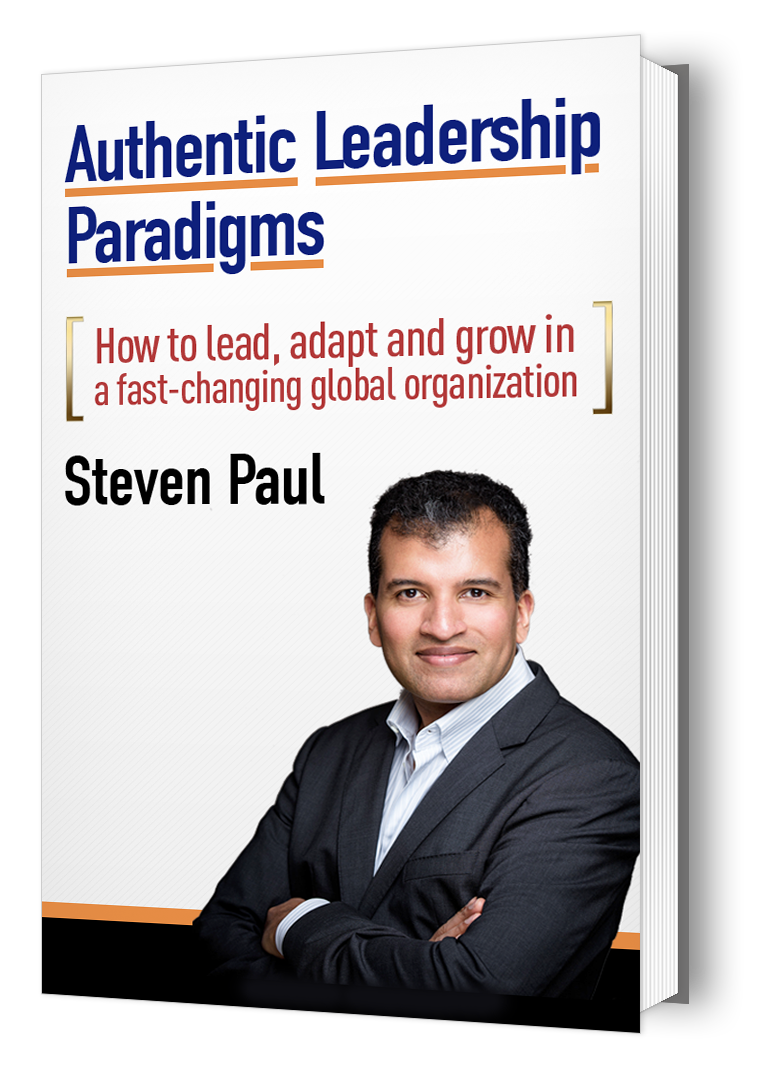Building an organisation with a culture of collaboration at its heart reaps significant rewards – positive and trusting working relationships lead to a culture of excellence that is very difficult to attain otherwise. Leadership teams have an integral role in fostering this kind of interaction and connection between their staff. Here are my tips for improving the communication and relationships in your organisation.
Shared Goals
When working on a major initiative or activity, it’s vital to consider the different objectives of each department involved — Sales want to close the deal, Service teams want to deliver the project, Finance wants it to meet budget. These might be three completely different goals, but they are all as necessary as each other. You can help your teams understand this by ensuring that there is a clear end goal – one shared purpose that describes what everyone in the organisation is trying to do and guides effort and activity at all levels of the business.
Organisational Culture
Psychologist, Edgar Schein of the Sloan School of Management, defined organisational culture in a three-part model: artifacts, values, and assumptions. Artifacts are easy to observe – office layout, dress down Friday, even the cafeteria. Values are a set of ideals and principles, often publicly declared, by marketing, PR and customer service departments. Assumptions are the most complex – these are the intrinsic beliefs and inherent behaviours of your people. As the essence of your firm’s organisational culture, it’s imperative that they’re aligned with and reflected in your artifacts and values. ‘Customer excellence’ and ‘people development’ might be the hallmark of your values and artifacts, but are meaningless if behaviour at all levels of leadership and operations doesn’t reflect these.
Team Building
Dinners, paintball, seasonal parties, an office ping pong tournament, even group workouts – team building is essential and you need to make time for it. Be strategic though, choose team building ‘leaders’ who you feel exemplify the type of culture you’re striving for and put them front and centre of away days, events and activities. Actively reward employees who advance your culture.
The Power of Feedback
Direct feedback is by far the most effective and efficient way of providing your employees with an understanding of the effect they’re having on your organisation – its business, customers and other staff – and whether they’re achieving what you expect them to. As leaders, it’s our responsibility to foster a culture of continual interpersonal feedback, as opposed to a once- or twice-yearly performance management process – the best way to accomplish this is to normalise it into everyday business activity, removing overly formal, long or complex processes. Remember that the more your staff trust you, the more they’ll view feedback as driven by a genuine desire to support them.
Informal Influencers
As organisations move away from traditional top-down hierarchical structures and towards flat, collaborative-driven environments, the power of informal influencers to drive (or slow) big organisational change efforts can’t be underestimated. Do you know who the most respected, trusted and admired staff are in your organisation? Research suggests even if you think you do, you’d be wrong. Make sure you find out – they will most likely be scattered across your organisation’s disciplines and departments – and bring them together as change champions, with significant influence over the objectives and roadmaps of your transformation programmes.


